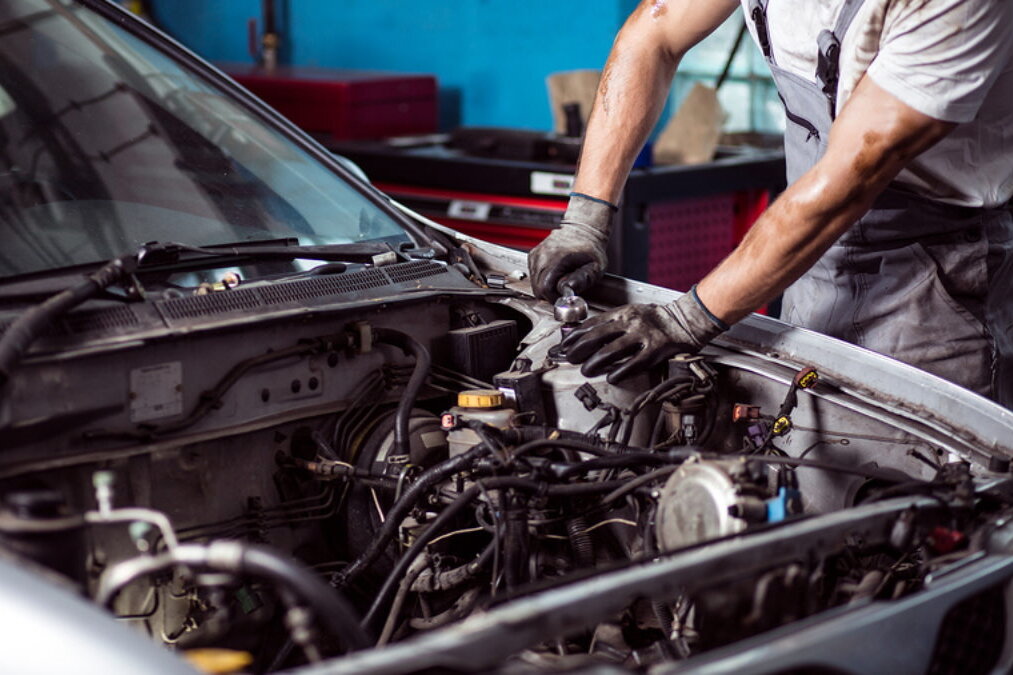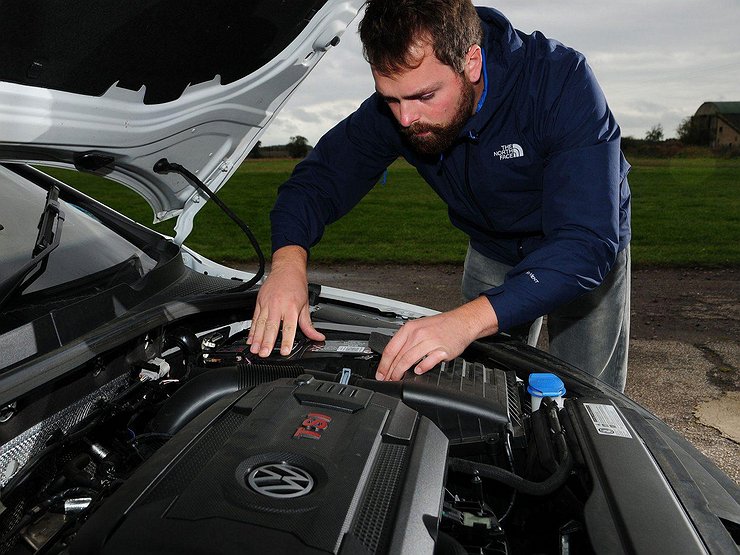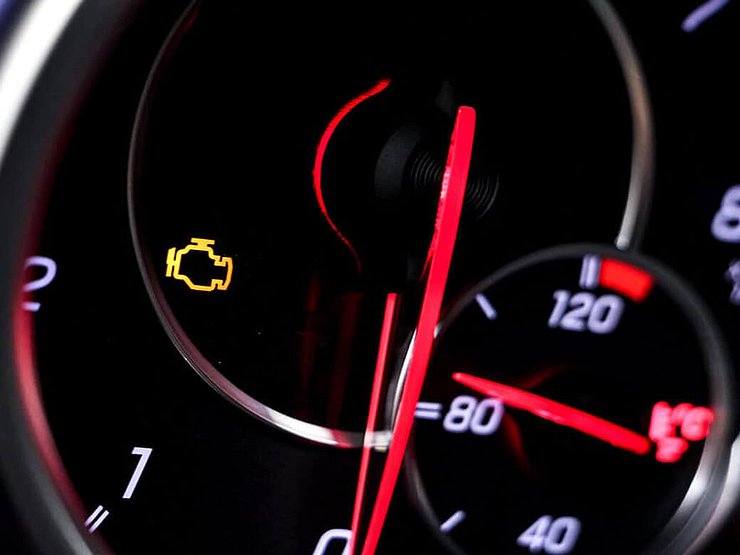
Car repair is not always difficult. 5 fixes everyone can handle
Content
When you have problems while driving or the indicator light on the dashboard comes on, you need to diagnose the source of the problem. You will recognize them by their symptoms. Before you decide to repair your car, ensure the safety of yourself and other road users.
What to do before car repair?
Various malfunctions appear suddenly, without prior warning. When the car behaves unusually:
- Pull over to the side of the road, if possible into a parking lot or forest road.
- Turn off the engine, close the windows, turn off the lights.
- Wear a reflective vest.
- Install a warning triangle.
- Go back to the car and try to diagnose the problem.
- Disconnect the battery if necessary.
In no case do not try to repair the car on the track yourself. In such conditions, it is better to stop in an emergency lane, move over the barrier and wait for help on the road. The specialist will decide whether to carry out the repair of the car on the spot, or whether it will be necessary to visit the mechanic in the workshop.
What car repairs will you do yourself?
Malfunctions are not always as serious as they might seem. Sometimes 15 minutes to an hour is enough to fix the car and move on without any problems.. The most common breakdowns that you fix without visiting the workshop are:
- punctured tire (replacing a wheel or patching a hole);
- worn out brake pads;
- ignition problems;
- battery discharge;
- overheating of the engine;
- non-working headlights and direction indicators;
- too low oil level;
- brake fluid leak;
- stationary wipers;
Tools to help you fix your car
Every driver who does not want to rely only on roadside assistance should have in the trunk or glove compartment:
- screwdrivers with different tips;
- lift up;
- wrench with interchangeable nozzles;
- spare wheel;
- pump;
- patches for tires;
- fuse kit;
- spare bulbs;
- charger or external battery (and cables);
- sandpaper;
- spare brake pads;
- oil, brake, cooling and washer fluids;
- Wiper blades;
- lightning;
- insulating tapes.
Car repair completed - what's next?
Fumbling under the hood or under the chassis, it's hard not to get dirty. BHP paste or other harsh chemicals must be used to remove automotive lubricants and oils from the skin.. Even work clothes do not always protect effectively enough. In workshops, too, there are leaks of working fluids right on the face of the repairman.
Perhaps men do not attach much importance to this, but for women, the aesthetic aspect is of great importance. After repairing a car, it is worth taking care of the skin and moisturizing it properly. What cosmetic products should be used for its proper regeneration?
Advice for women in car repair.
Pay attention to the composition of the cream you are using.. Retinol is the most effective ingredient in anti-aging products. After a major car repair, it's also worth applying a vitamin C serum. It absorbs quickly, and you'll noticeably improve skin's radiance and texture.
Car repair requires knowledge and tools
If you are not entirely sure of the source of the vehicle's malfunction, refrain from any repairs. It is better to wait for a mechanic from technical assistance than to aggravate the malfunction by the lack of appropriate skills. Take action if you're dealing with simple items that don't cause you major problems.
Be prepared for all the surprises while driving. It is undeniable that car repair requires minimal technical knowledge on the subject.. However, a well-equipped driver will in many cases cope with everything without outside help.

